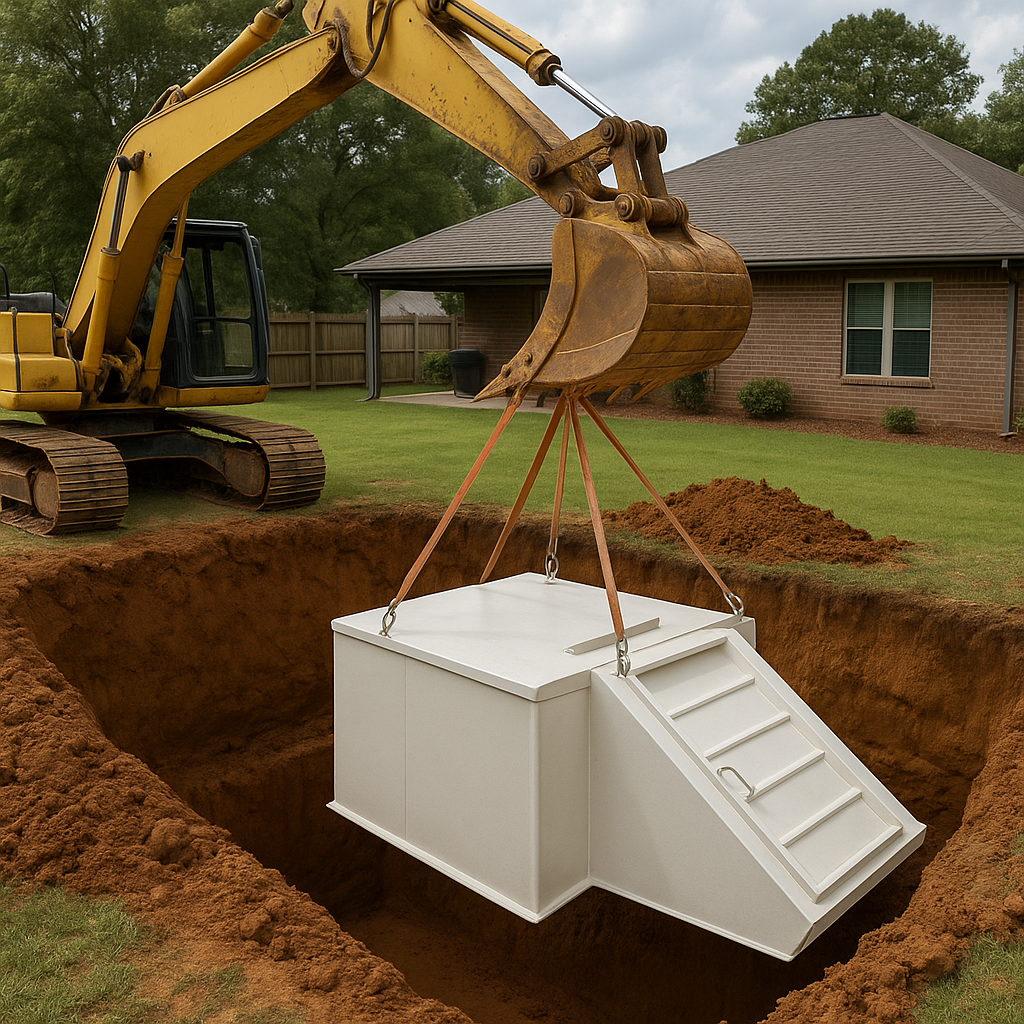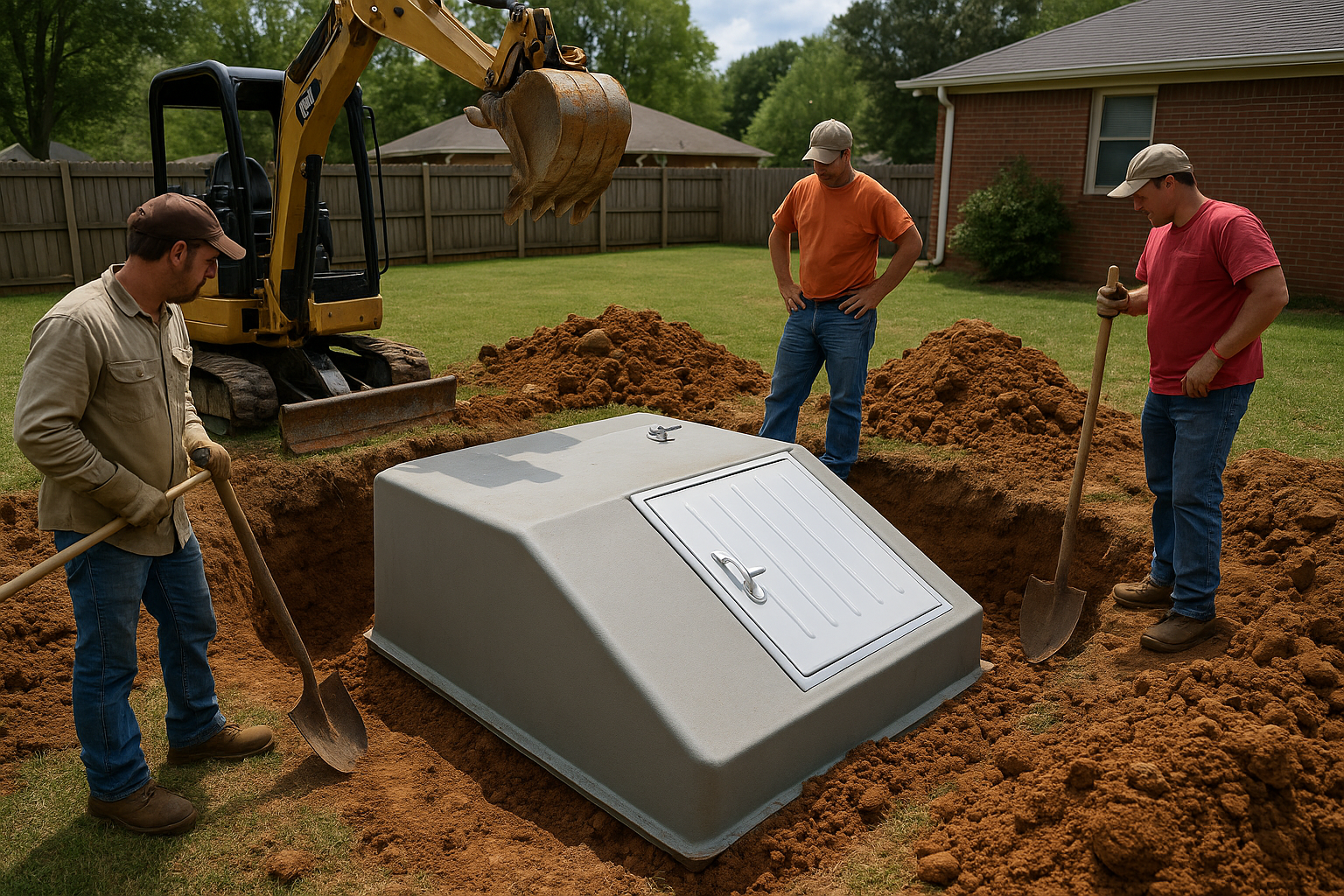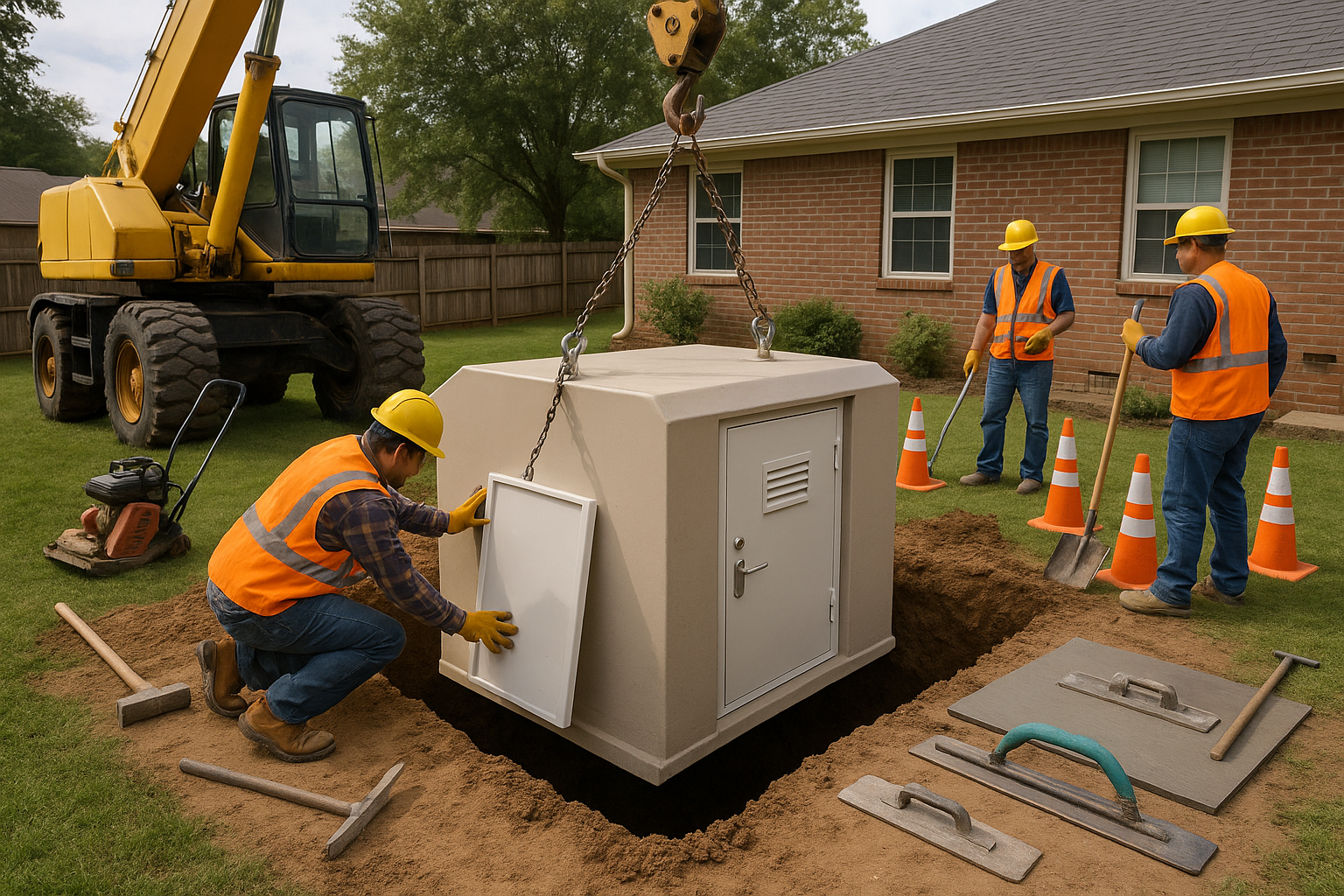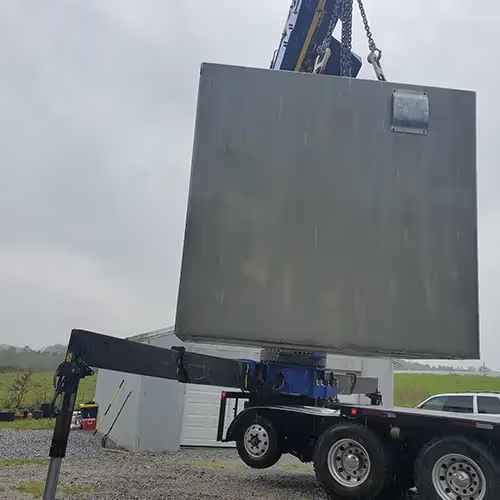DIY Storm Shelter in Alabama Code Compliance and Inspection Reality

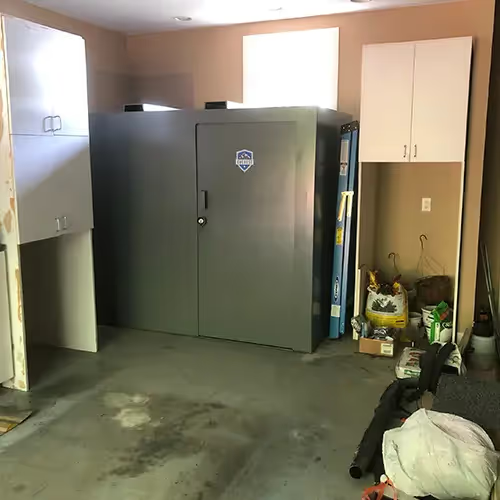
Have you ever thought about building your own storm shelter in Alabama, only to get stuck wondering if it’s actually legal under Alabama storm shelter regulations? You’re not alone. Many homeowners dream of a DIY tornado bunker for tornado season but quickly hit a wall of safe room building codes, permits, and inspections. The process can feel overwhelming, especially when considering structural safety, ventilation, and compliance. Even seasoned DIY enthusiasts may hesitate when confronted with local regulations, building permits, and inspection procedures.
This guide cuts through the confusion. We’ll cover what Alabama law really says about DIY shelters, home tornado shelter inspection requirements, and how to stay compliant without losing your sanity. Understanding the storm cellar compliance guide is critical for avoiding costly mistakes or safety hazards. Knowing what inspectors look for, following residential storm shelter rules, and using proper emergency shelter construction tips ensures your DIY project protects your loved ones effectively.
By the end of this guide, you’ll understand tornado safe room requirements, Alabama building permit storm shelters, and have a practical DIY tornado shelter checklist. This knowledge allows you to plan your project confidently, meet all legal requirements, and create a safe environment that will stand the test of severe weather. Whether you’re exploring DIY options or fully committed to construction, this roadmap ensures your project starts on a solid foundation.
Understanding DIY Storm Shelters and Alabama Building Codes
Storm shelters have become increasingly relevant as tornadoes and severe storms grow more unpredictable. Initially, community shelters served multiple families, but the rise of personal residential storm bunker permits has shifted attention toward protecting individual households. Personal shelters now require awareness of storm shelter structural requirements, safe room foundation codes, and underground shelter safety standards to ensure durability and safety.
Before starting, it’s important to understand key terminology. A “storm shelter” is a structure built to withstand severe weather and meet safe room inspection checklist criteria. Code compliance ensures that every element—from reinforced walls to ventilation—is safe, while an inspection verifies adherence to Alabama emergency shelter laws. Even minor oversights can compromise safety. Proper planning also includes knowledge of DIY storm shelter materials suitable for Alabama conditions, from reinforced concrete to steel doors and air-tight seals.
Modern trends show that many DIY builders rely on pre-engineered kits, making it easier to meet tornado shelter engineering tips and local building code tornado shelters. Following guidelines ensures your structure is safe and approved by local authorities. Understanding history, terminology, and current best practices equips you to navigate permits, inspections, and construction challenges successfully, ensuring your shelter is both safe and fully compliant.
Navigating Alabama Storm Shelter Codes and Inspection Requirements
Understanding Alabama codes isn’t merely bureaucratic—it’s critical for protecting your family. Storm shelter inspection process standards ensure every element, from foundation to ventilation, is safe and compliant. Following regulations prevents costly corrections, delays, or structural failures while providing peace of mind.
Key components include:
- Building Codes – Following safe room building codes ensures proper anchoring, structural strength, and ventilation.
- Permits – Most counties require Alabama building permit storm shelters before excavation, ensuring legal compliance.
- Inspection Process – Scheduled inspections confirm your residential tornado bunker design meets storm shelter certification Alabama standards.
- Materials and Design – Using approved DIY reinforced storm shelters, materials, and doors that adhere to DIY tornado shelter safety standards is crucial.
- Location Considerations – Proper placement avoids flooding, meets backyard storm shelter legality, and ensures safe access during emergencies, as explained in underground storm shelters Alabama drainage and flood risk.
Skipping any of these steps can compromise safety and result in failed inspections. For example, a homeowner in central Alabama built a shelter without a permit, delaying completion and increasing costs. Conversely, a family using a pre-approved kit followed inspections and met storm shelter insurance requirements, completing their shelter efficiently. Understanding inspections, permits, and tornado safe room requirements ensures compliance, avoids mistakes, and allows you to confidently build a safe, durable DIY storm shelter.
The Benefits of Building a Code-Compliant DIY Storm Shelter
Constructing a shelter in line with Alabama emergency preparedness shelters standards offers long-term advantages that extend beyond safety. A well-built shelter provides peace of mind, reliability, and efficiency, particularly when tornadoes strike unexpectedly. Using emergency safe room retrofitting techniques and approved DIY tornado refuge plans ensures your structure meets rigorous standards for strength and durability.
Benefits include:
- Enhanced Safety – Following codes ensures your shelter withstands high winds and flying debris.
- Smooth Inspection Process – Adhering to all steps reduces delays, avoiding costly corrections.
- Long-Term Durability – Code-compliant materials like reinforced concrete and steel doors improve lifespan.
- Financial Peace of Mind – Avoid legal fines and insurance complications by consulting storm cellar contractor review.
- Pride in Your Project – Completing a compliant shelter provides satisfaction and confidence in your preparedness.
A safe shelter enhances property value and sets a standard for neighbors considering DIY projects. A family in northern Alabama followed tornado shelter engineering tips and inspection guidelines, creating a resilient underground shelter that successfully withstood severe weather. Meanwhile, another family skipping inspections experienced minor damage, highlighting the importance of compliance. Prioritizing code compliance, inspections, and planning ensures that your DIY storm shelter is a lasting investment in family safety and peace of mind. For additional guidance, check storm shelter cost factors in Alabama.
Challenges and Considerations for DIY Storm Shelters
Even carefully planned DIY projects face obstacles. Awareness of potential challenges allows for effective mitigation. Common hurdles include:
- Complex Permit Requirements – Tornado shelter permit process varies by county, often confusing first-time builders.
- Inspection Delays – Following Alabama shelter inspection guidelines carefully is essential.
- Material Costs – Using DIY reinforced bunker kits ensures code compliance but increases upfront expenses.
- Skill Requirements – Underground anchoring, reinforced walls, and ventilation systems may require advanced knowledge.
- Time Investment – Construction is a multi-step process involving planning, excavation, and finishing touches.
Strategies to manage challenges:
- Research Alabama building code updates and local regulations.
- Use pre-approved DIY storm shelter materials or kits.
- Schedule inspections early to avoid delays.
- Seek professional guidance when needed.
- Break the project into phases with a DIY tornado shelter checklist.
Recognizing challenges allows homeowners to prepare thoroughly, manage expectations, and approach the project strategically, ensuring a safe and compliant shelter.
How to Successfully Build a DIY Storm Shelter in Alabama
Building a compliant DIY storm shelter requires planning, clear steps, and patience. A safe, durable shelter meets Alabama storm shelter regulations, DIY tornado bunker standards, and tornado safe room requirements.
Steps include:
- Research Alabama storm shelter regulations and local permits.
- Choose your shelter type—underground, above-ground, or pre-fabricated compliant with DIY tornado bunker standards.
- Create or select plans with tornado safe room requirements.
- Prepare the site considering safe room ventilation standards and foundation codes.
- Gather compliant DIY storm shelter materials.
- Schedule inspections in line with storm shelter inspection process.
- Construct in phases, from excavation to finishing touches.
- Pass final inspections ensuring safe room electrical compliance.
Top tips:
- Start small and build momentum gradually.
- Trial and error is part of learning.
- Involve others if collaboration is needed.
- Measure progress and celebrate milestones.
Resources include Alabama building code portals, pre-approved DIY reinforced bunker kits, online forums, and safe room inspection checklist from local authorities.
The Future of DIY Storm Shelters in Alabama
Storm shelters are evolving rapidly. Prefabricated and modular designs, advanced materials, and smart technologies are reshaping DIY construction. These trends make DIY storm shelter materials, storm shelter contractor Alabama, and residential tornado bunker design more accessible for homeowners.
Key developments:
- Prefabricated and Modular Designs – Kits simplify assembly and compliance.
- Advanced Materials – Lightweight, high-strength options reduce construction time.
- Smart Shelters – Sensors and automated doors improve safety.
- Streamlined Permitting – Faster approvals reduce delays.
- Growing Awareness – More homeowners invest in safe, code-compliant shelters.
Staying informed on these trends ensures your DIY project remains safe, effective, and aligned with residential storm shelter rules.
Wrapping Up Your DIY Storm Shelter Journey
Building a DIY storm shelter in Alabama is achievable with careful planning, adherence to Alabama emergency shelter laws, and use of approved DIY reinforced storm shelters. Following inspection checklists and tornado shelter engineering tips ensures your project is safe, durable, and compliant.
Take action: review local codes, sketch plans, or explore pre-approved kits. Sharing your experiences helps others create safe, code-compliant storm shelters and builds a stronger DIY community. A well-executed project protects your family, provides long-term peace of mind, and delivers a rewarding sense of accomplishment. For essential preparation, consult storm cellar essential supplies.

